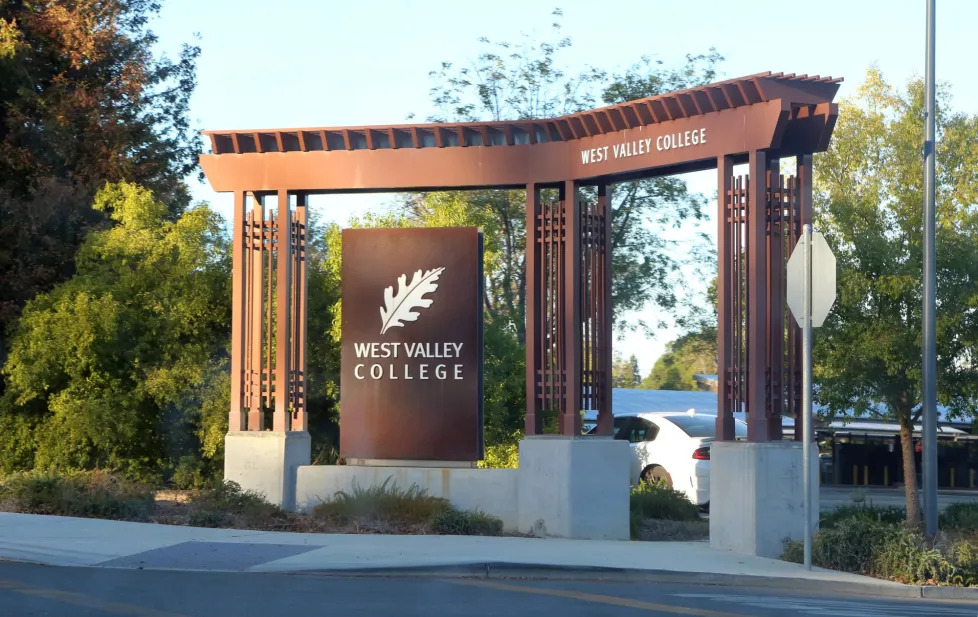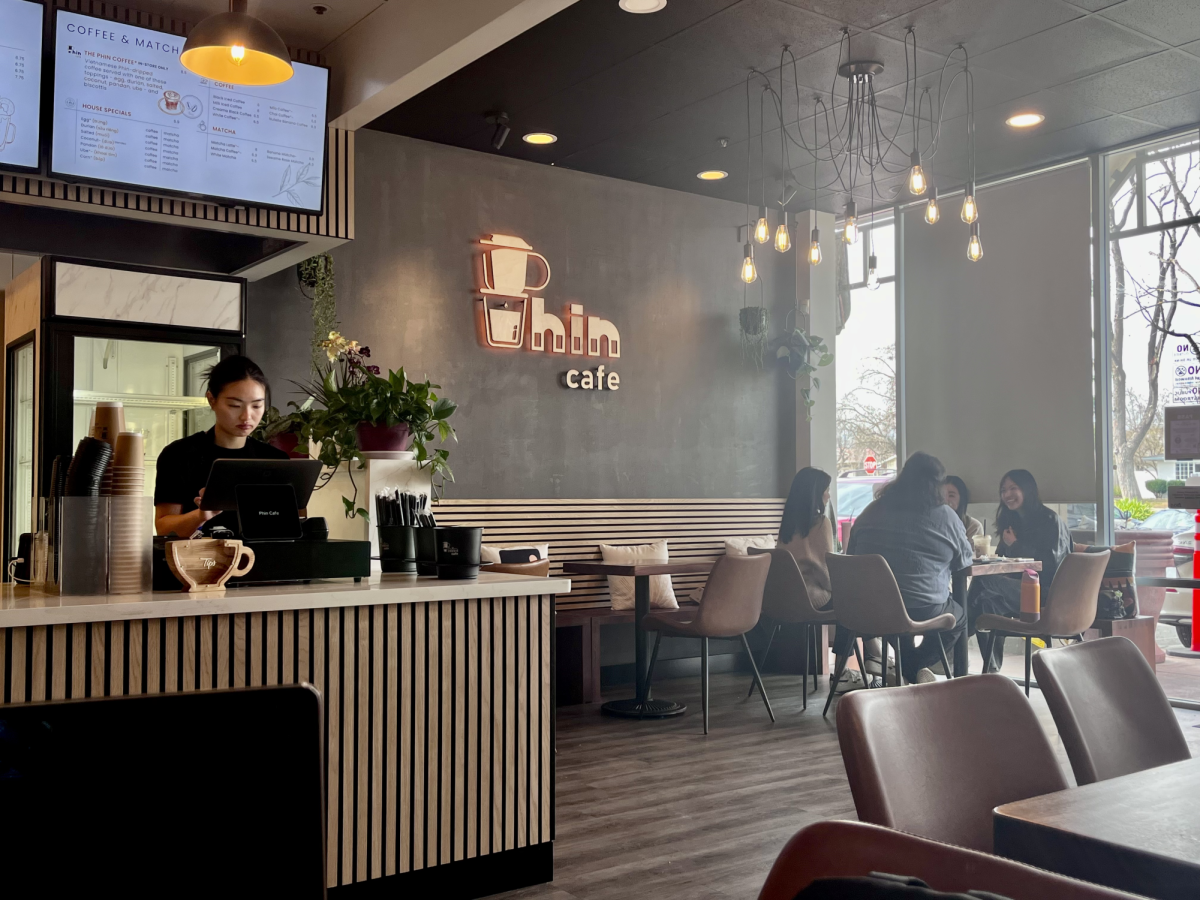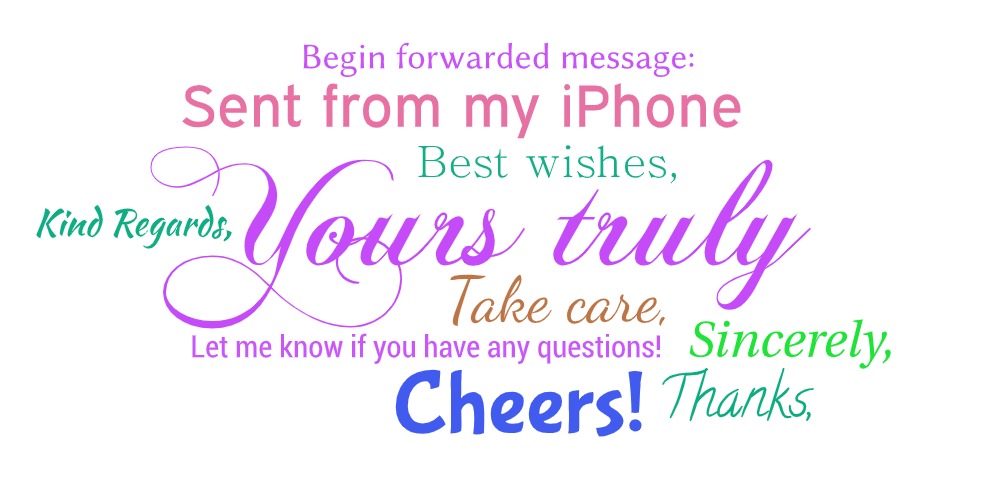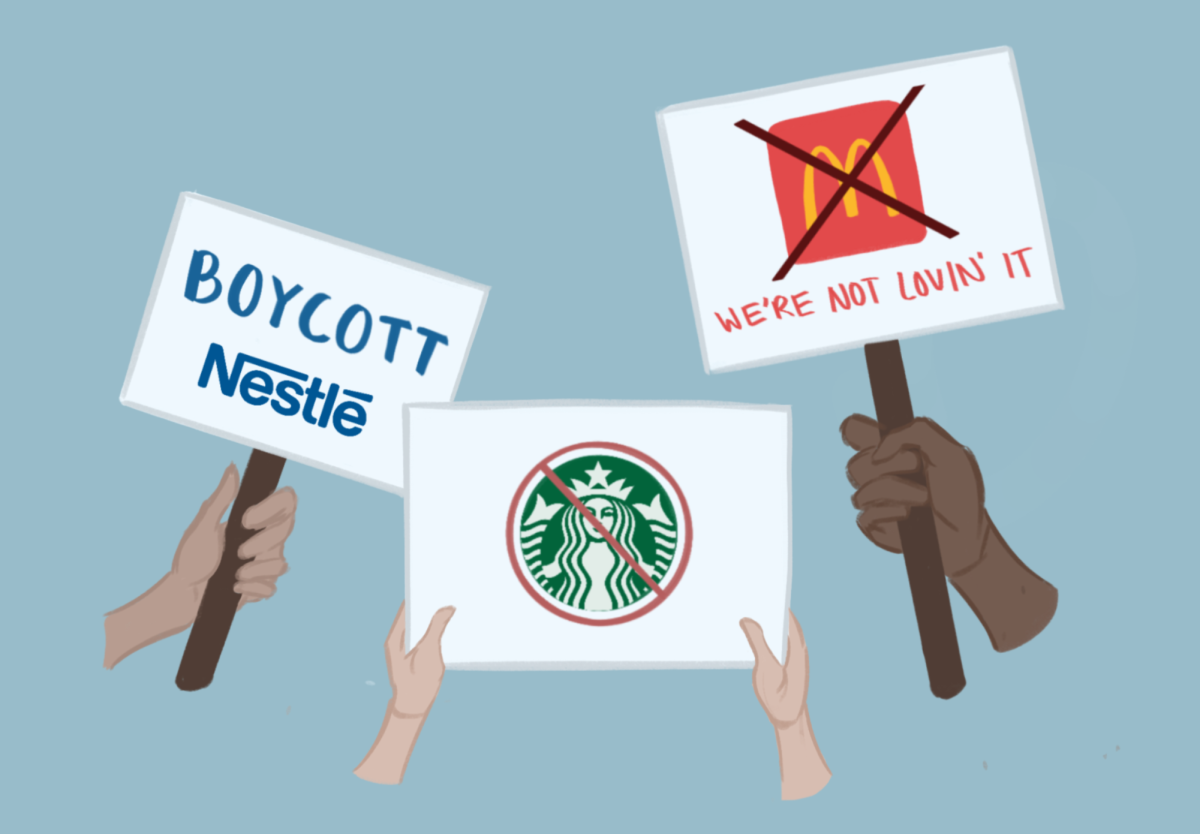When was the last time you heard of or personally participated in a boycott as a form of protest?
Believe it or not, 1 in 4 Americans is currently participating in one.
They’re such a big deal these days that The New York Times even has a section specifically dedicated to covering them. It’s safe to say that boycotting is not being done on the fringes of society anymore, but rather they’re at the forefront of many modern social movements on both the left and right. Economically, boycotting makes sense. By stopping buying a product, consumers force the seller to take action to remedy the cause of the boycott or risk seeing their bottomline eroded further.
Then again, opponents of boycotting point out that the real economic market is much more complex, sometimes causing boycotts to fail. However, the argument here is not that boycotting works 100% of the time, but that boycotting is one of the most effective methods of bringing change.
Let’s first look at an alternative method of social change: petitions. A comprehensive analysis of over 20,000 petitions on the U.K. government’s petition website finds that over 99% fail to get the required signatures for an official response and only 0.1% make it to Parliament. The study concludes a similar pattern in the U.S. as well.
On the other hand, some boycotts do result in a substantial impact. In fact, a study by Clute Journals points out that 26.7% of major boycotts are successful in bringing change. They go on to conclude that boycotts have a statistically significant impact on a business’s stock prices — causing an average decline of $80 million in companies’ market value. Another study corroborates this finding, putting their results at a $120 million average decline in market value.
This difference can be attributed to the existence of action behind boycotting. When thousands of people start boycotting a product, companies notice the impact.
In just three weeks following a boycott that began last November, Starbucks lost 9% of its market value — $11 billion — its largest stock decrease since its initial public offering. The boycotts were in response to the company’s suing of their labor union regarding statements on Gaza they had posted on their social media. The company also switched CEOs following the boycott.
Starbucks isn’t the only example: Bud Light lost its spot as the nation’s top-selling beer after a boycott last year by conservatives upset over an ad featuring a transgender spokesperson, Target’s e-commerce sales fell 10.5% after a similar boycott by conservatives protesting gay pride attire and McDonald’s stock shares fell by 4% following an Israel-Gaza boycott.
Aside from lost revenue, boycotts also work by putting social pressure on companies. Although companies may sometimes bounce back from economic damages after a couple months, the impacts on their reputation can be more costly in the long term. This allows many boycotts to continue over the course of years or even decades. A prominent example is the 1977 Nestle Boycott resulting from the company’s unethical marketing practices, a boycott that is still in effect today.
In the end, despite some boycotts not reaching their intended results, they are still wildly effective in comparison to many other methods of change. In a world where each individual voice may not be able to bring change, the power of boycotting offers an effective collective method of social action.



























